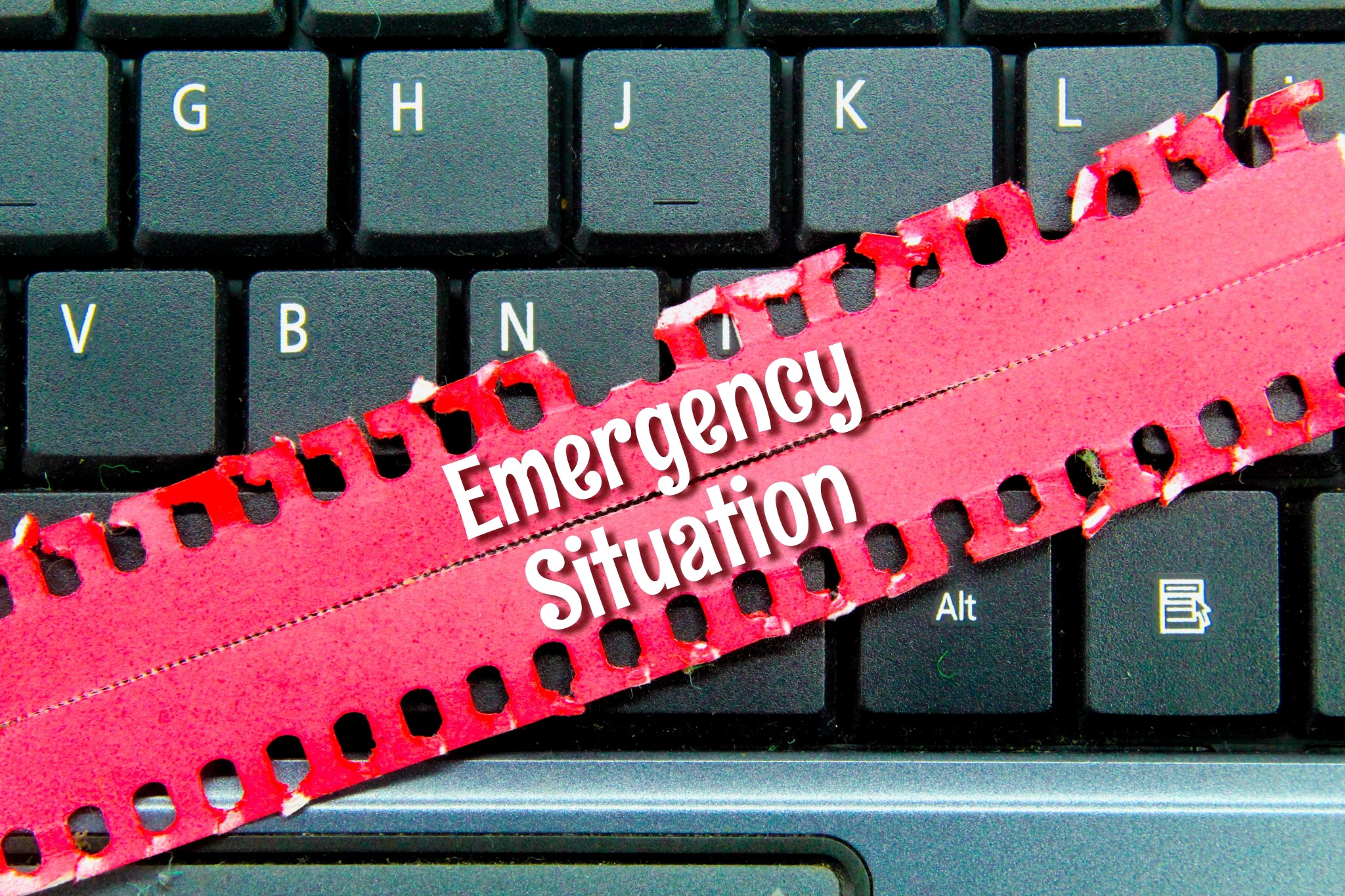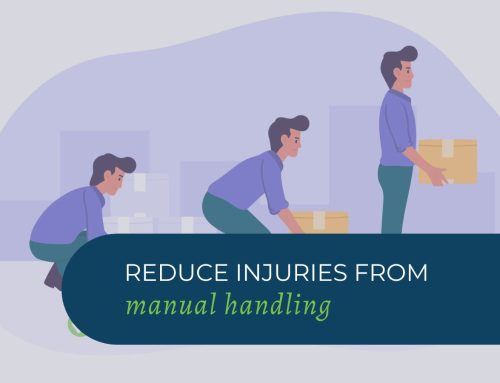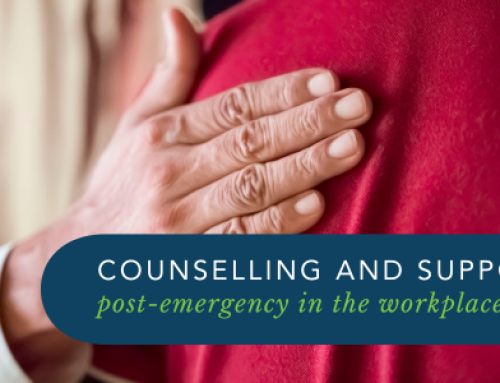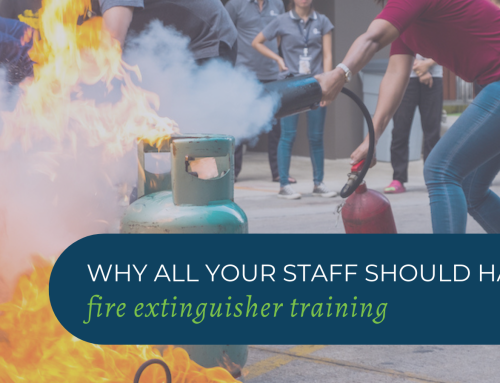If the past couple of years has taught us anything in Australia, it’s that emergencies are a part of our lives. Human, Technological, Medical and Natural emergencies can strike anywhere and anytime, with little or no warning, leaving the unprepared in a far worse situation than someone who is prepared.
Understanding and predicting how you would respond in any given circumstance is a major task given the breadth of scenarios that can happen and is dependent on a number of factors. The first step in preparing for an emergency is to understand the likelihood of different types of emergencies, in the area you live, work or spend time. If you work in an apartment block in the inner city developing a bushfire plan will not be as valuable as preparing for a medical or human emergency. Similarly, someone working in a rural setting may gain more value from preparing for fire-based scenarios than a mass casualty event.
There will always be commonalities across different geographical areas – we all drive cars and motor vehicle accidents can happen anywhere. A basic understanding of First Aid, be it basic life support, or cardiopulmonary resuscitation (CPR) is a great place to start – especially if you are working alone, with machinery, or with others who may be at risk of medical events e.g. the elderly or toddlers. Stemming blood loss and performing CPR may be required if you are the first onto the scene of a motor vehicle accident. The initial actions taken in this scenario can be the difference between life and death for those involved in the accident and it’s not something that you can pick up “on the fly”, or something that is an intuitive response. Knowing what to do when confronted with a medical emergency, either as a result of an accident, or seeing someone in need of assistance at a shopping centre, requires a degree of training.
Preparing to face an emergency requires thought and planning, often with the help of organisation that will provide you with training to augment your capabilities with specialised skills that will enable you to help yourself, and potentially others, survive. Luckily Australia has a lot of these organisations, from St Johns Ambulance to the various state-based fire services that can help you prepare for and build skills and capabilities that can be used to mitigate the risks present in our environment. Developing a plan to mitigate the risk of bushfire is of immense value to those living and working in rural or rural/urban interface areas. Maintaining properties to reduce fuel loads, equipment that will provide suppression capabilities, and understanding when to defend or leave, are key elements of a bushfire survival plan and active steps should be taken to ensure elements of the plan work. Preparing an evacuation kit is essential if an evacuation is necessary. The evacuation kit can contain anything you like, important items to include may be …
- Legal Documentation
- First Aid
- Medication i.e., for asthma or allergies
- Clothing
- Items specific to children
- Items specific to pets/animals
Leave the evacuation kit by the door so that you can grab it on the way out.
Ideally preventing or mitigating the risk of emergencies is the first step in preparing for emergencies and can be done in your own time and location. This requires an active decision to participate – and will consume your time and potentially other resources. The value in doing this is simply being more self-reliant, and not as dependent on others for good outcomes.
These are just a few points you need to consider to be prepared for any emergency. At Workplace Emergency Management our consultants can work with you to identify what may be needed to prepare your workplace for any emergency incident.
GET IN TOUCH
Are you ready for peace of mind that your workforce is as safe and prepared as possible?
With a dedicated team of staff ready to help you meet compliance requirements and improve the overall safety of your workplace, all you need to do is get in touch.
Request your free audit today!



